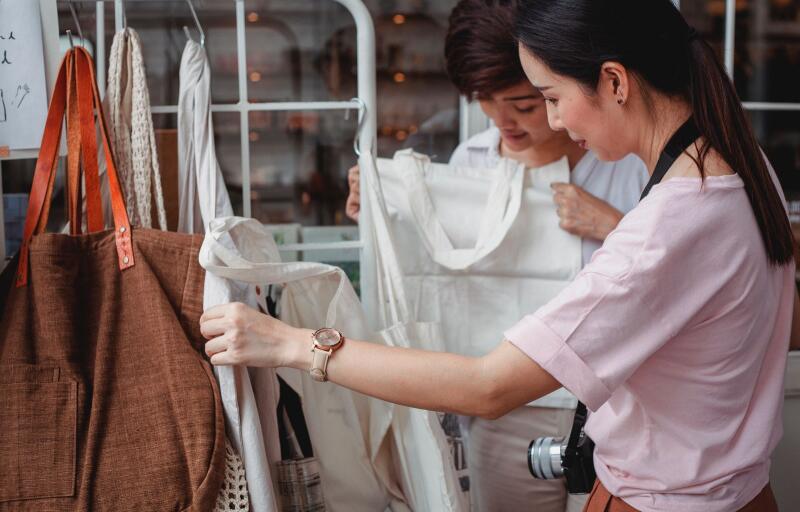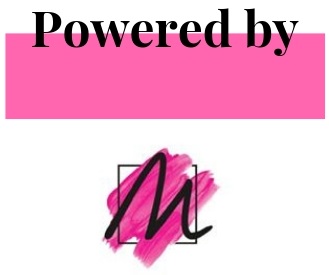More and more fashion brands are jumping onto the sustainable fashion trend as it becomes more mainstream.
Some brands do this with good intentions of actually making a difference and promoting sustainability while others are just trying to get customers to believe that they are eco-conscious by greenwashing them.
Greenwashing refers to when a company or organisation markets itself as environmentally friendly without actually working towards reducing its environmental impact.
The marketing gimmick is usually used to lure consumers who only shop goods from sustainable brands.
The term was coined by environmentalist Jay Westerveld in 1986 after he saw a hotel asking guests to reuse towels in order to “help the environment”, when in reality the hotel just did not want to wash the towels so as to save money.
The term has now been used globally to describe inaccurate environmental claims made by different companies especially within the world’s second largest polluter, the fashion industry.
According to a report by the non-profit organisation Changing Markets Foundation, almost 60% of all green claims by European and UK fashion brands are misleading.
Brands that are claiming to be environmentally conscious are in most cases still using fossil fuel-based synthetic fibres.
Among some of the brands found ’guilty’ of providing “minimum to no transparency” over their use of synthetic fibres include Primark, Nike, Adidas and Timberland.
Another issue mentioned in the report is that fashion brands are unable to provide evidence to support their sustainability claims.
Some products, for instance, were labelled as “responsible” but did not specify the quantity of recycled content, the report claimed.
It is very easy to get lost in all the buzzwords used by fashion brands that claim to be sustainable or ‘clean’ but here are some ways that you can tell if a brand is actually sustainable.
Educate yourself
First things first, in order to identify that you are being greenwashed you need to know what materials are sustainable and not harmful to the environment.
There are plenty of fabrics and materials that may sound good for the environment but are not.
For example, some brands will say they use vegan leather, which is mostly plastic and in most cases cannot be recycled.
So as much as it might be vegan, it is not sustainable.
Being able to determine this when shopping will help you make informed decisions.
Look through the website
If you are questioning some of your favourite brands the first thing you can do is check what their websites say.
Check their ‘about’ or ‘sustainability’ pages, and from there you can typically deduce where their products are made, and any of the brands plans to reduce its environmental footprint.
If they do not mention the materials they use then you can look through some of the product pages to get an idea of what type of fabrics they use.
If there’s no mention of animal free materials or natural fibres then that will help you decide whether the brand is actually environmentally friendly.
You can also dig deeper by looking into the brand’s practices, like the working conditions for its employers.
If the brand is not forthcoming with any of this information then that might be a sign that sustainability and transparency are not a priority for them.
Be aware of vague statements
If a brand uses terms that are broad and cannot easily be understood by consumers then that is a red flag.
This is popular in the fashion industry with many different brands using words like “conscious”, “eco-friendly”, or “ethical” but not providing more information to back up their claims.
Look for proof
Any band can make some environmental-related claims but do they have proof to back it up?
It is not enough for a brand to say they use recycled fabrics without actually proving that they are or providing some form of verification.
Some big brands will have proof in the form of certifications or audits while smaller brands might use photos or videos because certification can be expensive for them to acquire.
So keep that in mind when looking for verification.
Verify with third-party organisations
To ensure that your favourite brand is not greenwashing you, there are third-party organisations that can help.
One of these is the Fashion Revolution’s Fashion Transparency Index which annually ranks fashion brands and retailers according to information they disclose regarding their social and environmental policies and practices.
This year the not-for-profit fashion activism movement reviewed and ranked over 250 of the world’s largest fashion brands and retailers.
Other websites and apps that do similar work include Ethical Made Easy, Good On You and Fashion Checker.
Is regenerative agriculture a priority?
A number of fashion brands have been investing in regenerative agriculture as it has been referred to as the future of sustainability in the fashion industry.
As described by MasterClass, regenerative agriculture refers to holistic farming practices that aim to improve soil health and reverse climate change by expanding biodiversity, improving the water cycle, increasing organic matter in soil structure, and transferring carbon from the atmosphere to the soil.
Brands like Patagonia and fashion conglomerate Kering are reportedly on board for this but it will be good to check if your favourite fashion brand mentions it anywhere on their website or social media.
Look through their social media
Most fashion brands are active on social media so you can use their accounts to vet whether they are really environmentally conscious.
Are they just promoting overconsumption through sales and new products or do they speak about more than just clothes?
If they address important issues in fashion, like environmental initiatives, diversity, and impact on the local community then that should be a good sign that the brand really cares about the environment and sustainability.
Ask them directly
If you have tried everything but are still unsure where the fashion brand stands then you can always go directly to the source.
Contact the company via email or DM, and ask them some of the burning questions you have and go from there.
This article first appeared in Sunday Insider, Nov 7, 2021


